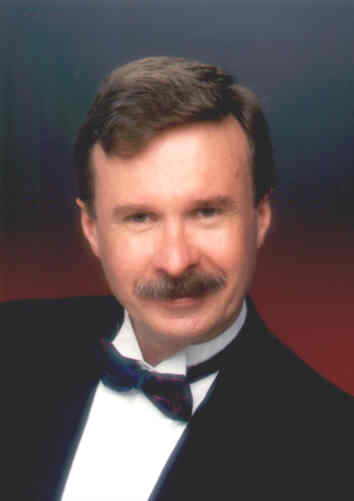|
![[Under Construction]](images/undercon.gif)





| |
![[Under Construction]](images/undercon.gif)
- The Detroit Riots
I wasn't there in 1968 when Detroit erupted with racial riots, but the scars
were still there in 1975 when I began work as an Assistant Professor at Wayne
State University. Much of the area around Cass Street, near the University
had been razed. Vacant lots, and vacant buildings were scattered
everywhere, even along Woodward Avenue, the major artery of the spoke-and-wheel
city layout.
Regardless of who is at fault, the Police Department is always under scrutiny
after citizen unrest - after all, police are always deployed along the social
frontiers. They defend the status quo, existing property, and the current
city administration. And, they do all of this under the unblinking eye of
reporters and their cameras.
In general, the Police in Detroit behaved commendably, but the racial
inequality in the force was emphasized when primarily white officers responded
in primarily black sections of town. Affirmative action hiring and
affirmative action promotion programs were implemented, but morale among police
officers dropped as a consequence. The best, and most mobile white
officers were recruited by surrounding (white) suburbs. New black officers
felt unaccepted.
John Teahan, a clinical psychologist and colleague at Wayne State University
had a long-standing contract with the Police Department. He developed a
program to sensitize both whites and blacks to the new, racially-integrated
structure of the department. The key to his program was a series of group
discussions in which blacks and whites together discussed "critical
incidents" of policing. Typically, these critical incidents
emphasized situations in which racial bias was exhibited by police officers, the
public, or police commanders. Discussions focused on how officers should
respond to such incidents, how they might reduce the frequency of such
behaviors, and mitigate the effects of racial bias on morale and
performance.
It was a natural extension of the affirmative action approach to integrate
these criteria with promotional criteria. Officers who did not demonstrate
racial sensitivity would not be promoted. However brilliant John's
technology was for eliciting fruitful group discussion and sensitizing police to
racial issues, the technology was not immediately applicable to
promotions.
|
 A Consultant's Casebook
A Consultant's Casebook